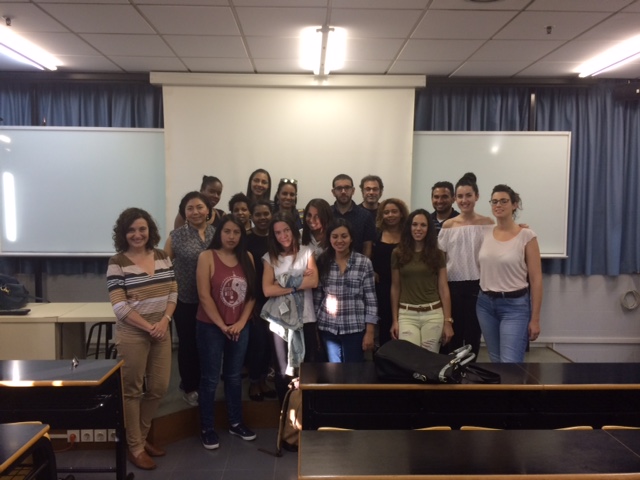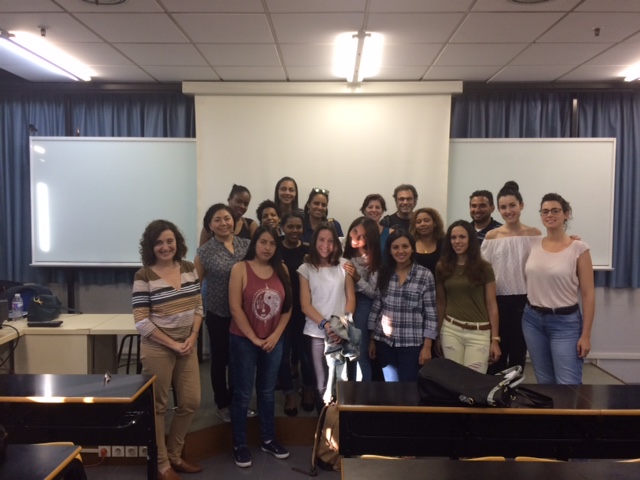
The knowledge generated thanks to the investigation must inform the affected women so that they can decide if delay pregnancy or the termination of it.
The first case of microcephaly in the fetus of a pregnant woman infected by Zika virus has generated -thanks to research- important knowledge that will be an essential tool to inform about the possibilities of delaying pregnancy or the termination of it.
17 may 2016
The infected woman travelled to South America, where a large Zika epidemic exists since last year. In these areas, pregnant women have the same risk of infection than other member of the population due to the Aedes mosquito bite. It is estimated that one in four infected persons will develop symptoms of the disease.
To date, the fact that pregnant women are more susceptible to the infection than anyone of us is not demonstrated. Likewise, there is no evidence of the virus transmitting through breast milk to the child.
What it is pretty sure is the fact that it is a vertical transmission (mother-child) and it involves malformations (microcephaly, visual alterations that the WHO has described as a “congenital syndrome”). There is no even an agreement on the risk of fetus contracting microcephaly. In Fren Polynesia (2013) an study stated that it was delimited to a 1% of the cases, while in Brazil the percentage reached the 29% (2015).
Currently there is no medical treatment or vaccine for the Zika. Doctors only can fight the symptoms. In case of pregnant women, a medical follow up must be carry out, especially to those who have symptoms of infection dute to the virus.
Moreover, it has been also observed cases resulting from sexual transmission, so sexual partners who reside in infected areas, or who have travelled to infected areas, must adopt safe sex practices in order to prevent the transmission, or stop sexual relations during the pregnancy.
How can we know more about Zika?
We must act now in order to give answers to the current crisis. It is necessary to mobilize resources to prevent and treat Zika virus infection in affected women and their children. The priority must be to know all types of congenital defects related to the infection during the pregnancy, as well as the risk of birth defects, the importance of the mother’s gestational age in the moment of the infection, and other related risk factors. Finally, it is essential to carry out reliable tests in order to guarantee a proper identification of the infected women.
In any case, if something is clear until now it is that Zika mainly affects pregnant women. The knowledge generated thanks to the investigation must inform the affected women - pregnant women and those who are in reproductive age- so that they can decide if delay pregnancy or the termination of it in those countries where it is possible. This is important in Latin America, where women suffer an unfavourable situation in terms of access to sexual and reproductive care. It is an area with poor access to contraceptive methods, with restrictive abortion laws and high rates in gender violence. To give an answer to this situation it demands an urgent and coordinated action.











